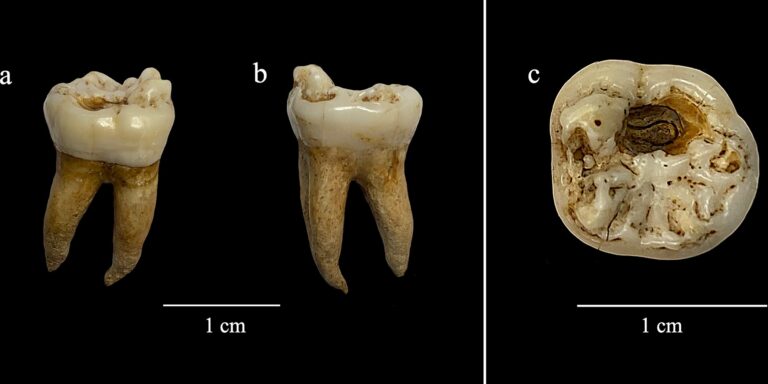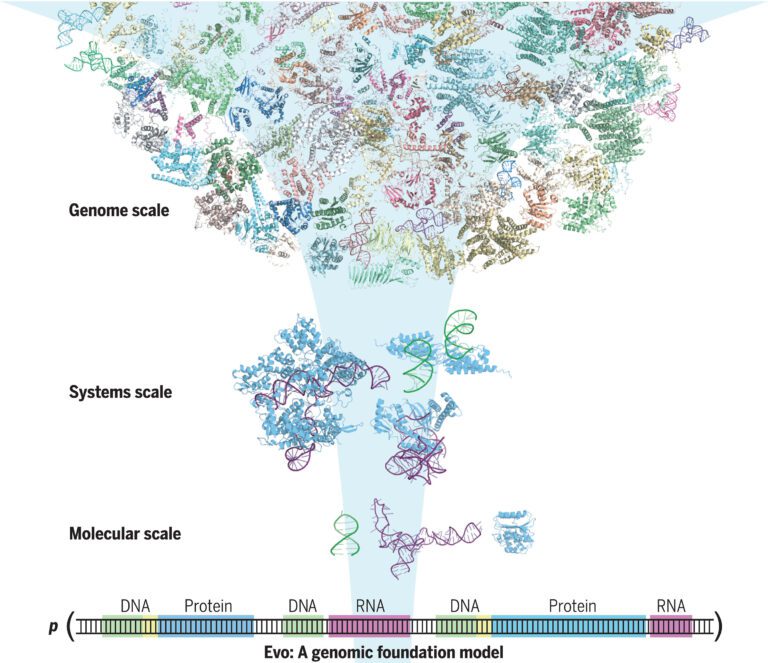

Researchers have discovered a new structure of telomeric DNA, which could be key to living longer.
Researchers have discovered a new structure of telomeric DNA with the aid of physics and a tiny magnet. Telomeres are seen by many scientists as the key to living longer. They protect genes from damage but get a bit shorter each time a cell divides. If they become too short, the cell dies. This breakthrough discovery will help us understand aging and disease.
When you hear DNA mentioned, physics is usually not the first scientific discipline that springs to mind. However, John van Noort from the Leiden Institute of Physics (LION) in the Netherlands is one of the scientists who found the new DNA structure. As a biophysicist, he uses methods from physics for biological experiments. This also caught the attention of biologists from Nanyan Technological University in Singapore, who asked him to help study the DNA structure of telomeres. They published the results on September 14 in the scientific journal Nature.
String of beads
Every cell of our bodies contains chromosomes that carry genes that determine our characteristics (what we look like, for instance). At the ends of these chromosomes are telomeres, which protect the chromosomes from damage. They’re a bit like aglets, the plastic tips at the ends of shoelaces.

Figure 1: A cell, chromosome, and telomeres. Credit: Leiden University
Because the DNA between the telomeres is two meters long, it has to be folded to fit in a cell. This is achieved by wrapping the DNA around packages of proteins. Together, the DNA and proteins are known as a nucleosome. These are arranged into something similar to a string of beads, with a nucleosome, a piece of free (or unbound) DNA, a nucleosome, and so on.
This string of beads then folds up even more. How it does so depends on the length of the DNA between the nucleosomes, the beads on the string. Two structures that occur after folding were already known. In one of them, two adjacent beads stick together and free DNA hangs in between (figure 2A). If the piece of DNA between the beads is shorter, the adjacent beads do not manage to stick together. Then two stacks form alongside each other (figure 2B).
In their study, Van Noort and colleagues discovered another telomere structure. Here the nucleosomes are much closer together, so there is no longer any free DNA between the beads. This ultimately creates one big helix, or spiral, of DNA (figure 2C).

Figure 2: The three different DNA structures. Credit: Leiden University
Magnet
The new structure was discovered using a combination of electron microscopy and molecular force spectroscopy. The latter technique comes from Van Noort’s lab. Here one end of the DNA is attached to a glass slide and a tiny magnetic ball is stuck to the other. A set of strong magnets above this ball then pull the string of pearls apart. By measuring the amount of force needed to pull the beads apart one by one, you find out more about how the string is folded. The researchers in Singapore then used an electron microscope to get a better picture of the structure.
Building blocks
Structure, says Van Noort, is “the holy grail of molecular biology.” If we know the structure of the molecules, this will give us more insight into how genes are switched on and off and how enzymes in cells deal with telomeres: how they repair and copy DNA, for example. The discovery of the new telomeric structure will improve our understanding of the building blocks in the body. And that in turn will ultimately help us study aging and diseases such as cancer and develop drugs to fight them.

A telomere is a region of repetitive DNA sequences at the end of a chromosome. Telomeres protect the ends of chromosomes from becoming frayed or tangled. Each time a cell divides, the telomeres become slightly shorter. Eventually, they become so short that the cell can no longer divide successfully, and the cell dies. Credit: National Human Genome Research Institute, NIH
Reference: “Columnar structure of human telomeric chromatin” by Aghil Soman, Sook Yi Wong, Nikolay Korolev, Wahyu Surya, Simon Lattmann, Vinod K. Vogirala, Qinming Chen, Nikolay V. Berezhnoy, John van Noort, Daniela Rhodes and Lars Nordenskiöld, 14 September 2022, Nature.
DOI: 10.1038/s41586-022-05236-5




